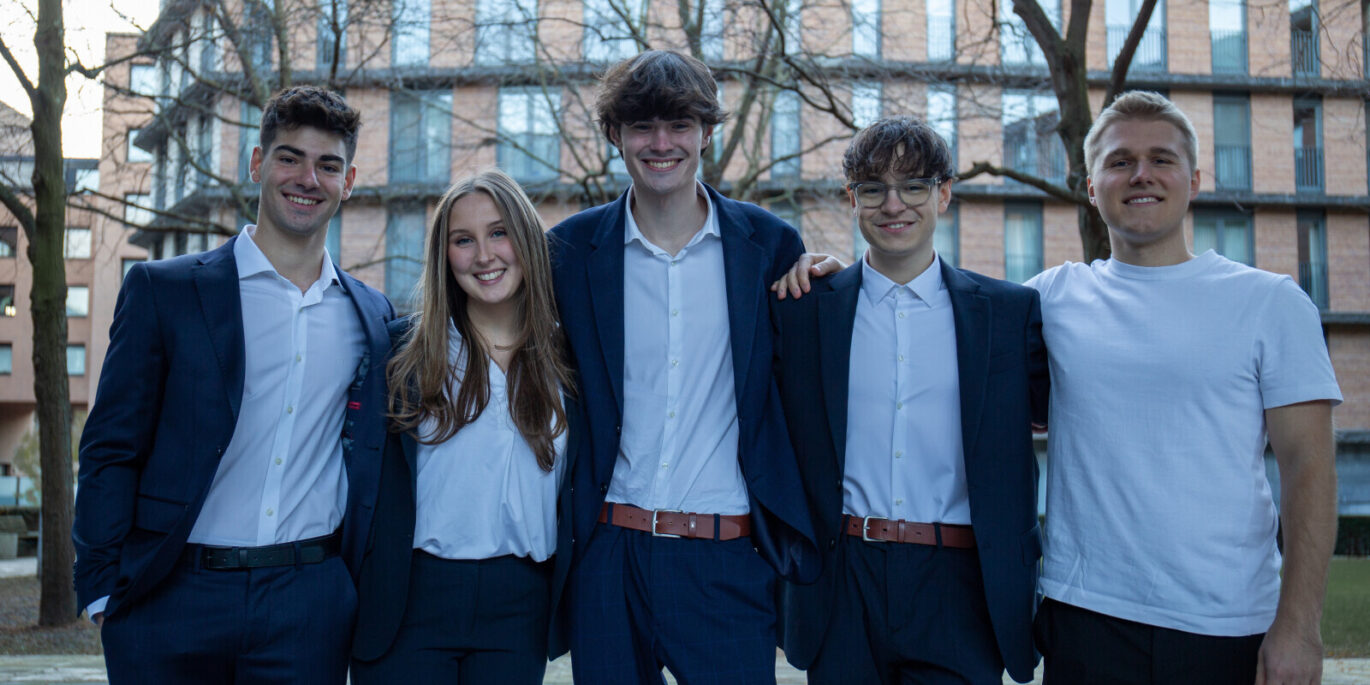As universities begin to publish their press releases, statements and videos outlining how they will run in September, the majority of the content relates to how they will teach and provide services, and how students will physically access campuses – if at all.
There is, however, something else on which we must all begin to focus – the task of creating, continuing and fostering the communities that our universities are known for.
Normal but not new
Many in society have begun to speak of distance learning as being the “new normal” for undergraduate education. I disagree. The technology we are using to teach online has been present for over a decade, particularly prioritised by investments in MOOCs in 2012.
It has had great successes in the professional development realm, yet in mainstream undergraduate higher education people still crave the campus-based, enriching higher education experience students have come to expect.
This higher education is not just about curriculum, it is about the conversations between classes, the recreational sport, the moving out of your parents’ house for the first time, the exchanges, the opportunities, the part-time work and the all-night study sessions in the library.
Community
Our higher education institutions are so rich because we bring so many people together – creating relationships, conversations, teams and committees to discuss, debate and disagree in endless ways about how we view the world. These activities form the foundation of our higher education and at my own institution, the University of Winchester, we have prioritised community in our planning for September, including ensuring students can access campus.
From my experience working in student engagement, it’s clear that activity drives engagement. These activities involve more than one person. They are participatory, dynamic and not fixed. The minimum a student can engage is visiting campus or clicking on the website.
However, the meaningful engagements that can lead to a sense of belonging, build communities and increase student wellbeing all stem from interactions on the campus. Student engagement is not just engagement in educational developments, quality assurance or student voice. It is engagement with new friends in halls, with course friends in the lecture break, and joining a sports team or a society. These rich interactions are what make our students thrive, what students’ unions are built upon, and what makes the higher education experience so fulfilling and life-changing.
In light of the sands shifting beneath our sector’s feet in the present circumstances of Covid-19, interactions and activity will need careful planning. Many universities are looking at a start to the academic year in higher education with social distancing, face to face in smaller groups and online lectures.
Belonging
So how do we create that same community and sense of belonging, which is cited in research as being preventative of student drop out, enabling the break down of barriers to accessing services and enhancing the overall student experience?
Online didactic teaching alone will not solve the issue, even if our technology platform allows for break-out discussion groups. It will be up to us to create opportunities to break down the barriers to activities for meaningful discussion between students and foster environments that generate those same feelings of cohort identity and belonging. Otherwise the “chat bar” on our platforms will just be a list of mysterious names.
That also involves ensuring that those names are not strangers and that participating or asking questions is not intimidating. Therefore, in the contact time we have, we must ensure we allow time for cohorts to just get to know one another and have informal icebreaking conversations.
I run a blended course and we overcame the barrier to student engagement and community by running a physical two-day retreat at the start of each semester. For those universities who are currently in the throes of planning, could you start your courses with some face-to-face time at a socially distant level? Can students have the opportunity to really speak with one another, so their names are not just a list of strangers in the online lectures later on?
Whose job is this?
In the past it has been central/professional services and SUs that have been expected to create “community”, but this September it will be for academic course teams and course leaders to create relationship-rich, multi-directional social opportunities for students to simply meet one another.
That’s about meeting, discussing how they are doing, why they chose their provider or course and the questions they may have.
Activity drives engagement, and we must not assume that the number of clicks, view time and attendance are measures of engagement. They are passive measures easy to put into numbers for comparison. We should look for rich engagement opportunities from the start of the student journey to create, or continue, some form of online community – with the hope of more physical community in the months ahead.
Otherwise, the first-year students will have far less social connection and belonging to their university experience – and we know what that will mean for achievement and non-completion.



















